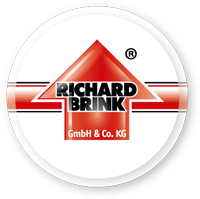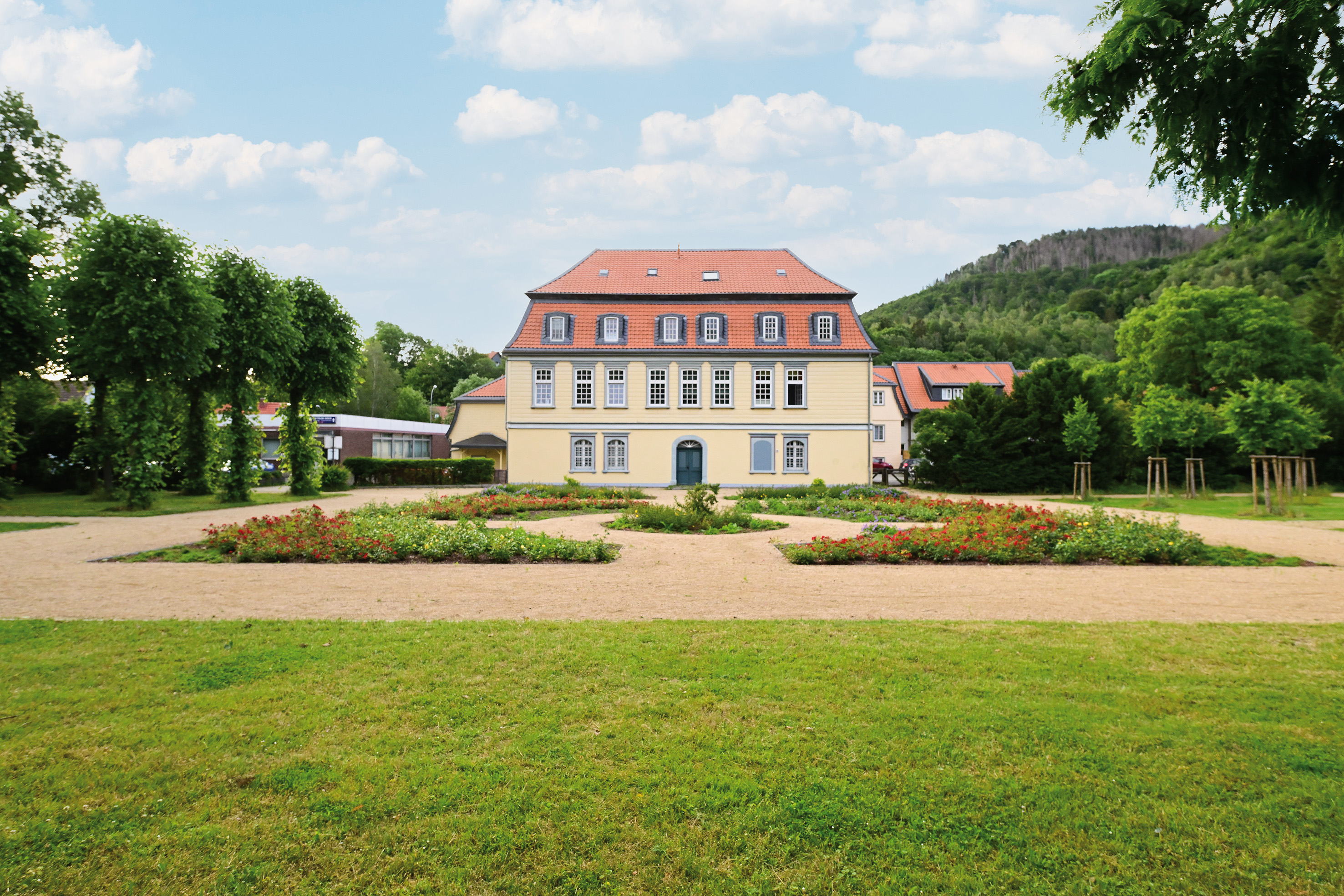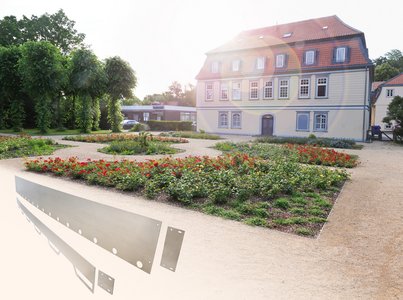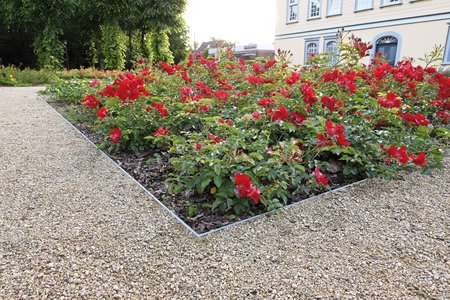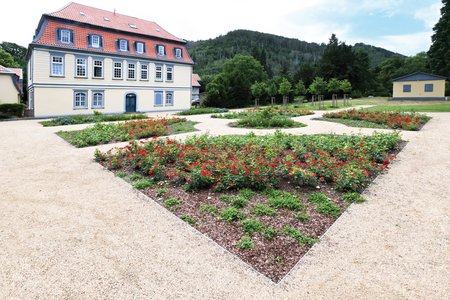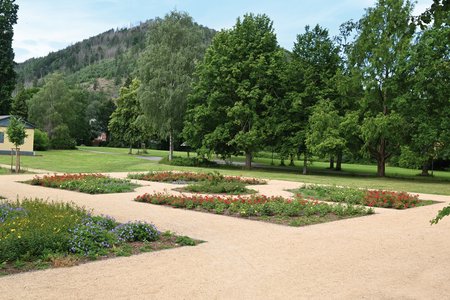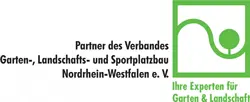With its dam at the north-western foot of Mount Brocken, the Harz region’s River Oker distinctly shapes the area of Lower Saxony that borders Saxony-Anhalt. The same river lends its name to an entire borough that it flows through in the east of the town of Goslar. In 2017, Goslar’s residents welcomed the news that its park had been successfully included in the Zukunft Stadtgrün urban development funding programme aimed at improving green infrastructures. “This programme became part of the Lebendige Zentren programme in 2020. Both fall under the Urban Development Support programme, the main instrument deployed by the German federal government and states to help municipalities support urban development in their regions,” says Artur Dorn, head of urban planning at the municipality of Goslar.
Comprehensive redesign down to the last detail
The objectives associated with the funding are clearly linked to specific reconstruction measures. In terms of boosting environmental value, for example, the water quality of the two ponds was to be improved by reducing the amount of plants that had found their way into them. The redesign also included the creation of rounded decorative flower beds in an area covering almost 500 square metres in front of Cramer von Clausbruch Villa, an old manor house on the edge of the park. The refined look of the gardens aimed to reinforce the area’s recreational value on the one hand while achieving an organic ensemble together with the grand façade of the manor on the other. “The design of the area in front of Cramer von Clausbruch Villa plays a key role in the overall reconstruction measures,” said Artur Dorn, emphasising the prestige of this part of the project.
Landscaping company Frielingsdorf Garten- und Landschaftsbau from Braunlage was commissioned with creating the flower beds across an area of around 250 square metres. The company worked on the concept together with the town of Goslar, before carrying out demolition work, building new paths and taking care of planting as part of the redesign. After completion, it was also in charge of follow-up care on site. Company manager and landscape gardener Achim Frielingsdorf chose to edge the flower beds with almost 200m of Ora Max steel strips produced by Richard Brink. The company had already used solutions provided by the metal products manufacturer in previous projects and was impressed with the high quality of the products and their rapid availability.
Solutions for all conditions and preferences
Flower bed edging solutions are primarily used where lawns or plants are to be held separate from other areas in order to prevent flower beds from growing wild. Edging strips measuring 1.5mm thick, for example, usually meet the needs of home gardens. The use of robust steel strips are, however, recommended for projects in public spaces, where flower beds sometimes have to be kept separate from traffic routes or spaces used by the general public.
The company Richard Brink provides precisely these kinds of strips: its Ora Max model is produced in aluminium, corten steel, stainless steel or hot-dip galvanised steel and is available in thicknesses ranging from 3mm to 10mm. The aluminium variant can also be powder coated in all RAL, DB and NCS colours. Strips measuring between 50mm and 149mm high come with trapezium anchors, while those measuring between 150mm and 500mm high feature round hole anchors that can be set in concrete. The metal products manufacturer from Eastern Westphalia produces the Ora Max strips in lengths of up to 3 metres as standard; on request, the strips can also be custom made and supplied as either straight or pre-curved products.
The project’s design specifications provided for typical parterre planting with open views that would create a closer connection between the park and the Harz panorama. The flower bed area was also to be permanently delineated from a highly frequented foot and cycle path while seamlessly blending in with the park’s general composition. The immaculate flower beds meet all these goals in combination with the Ora Max steel strips provided by Richard Brink. The mix of straight and pre-curved models made from hot-dip galvanised steel with a height of 150mm and a thickness of 6mm lend the redesigned outdoor area a subtle splendour and create a clear distinction between the planting and the gravelled paths. “During this project, we were able to rely once again on the usual high production quality of all the solutions provided by Richard Brink. The bespoke production made installation of the steel strips a breeze, which is clearly visible in the finished design,” concluded Achim Frielingsdorf.
(approx. 5,430 characters)
